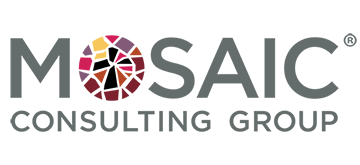How to Promote Psychological Safety With HR Tools
In recent years, there has been a growing emphasis on employee well-being and mental health, and for good reason. The workplace landscape has undergone significant changes, particularly with the advent of the pandemic. Concepts like work-life balance, trust, and communication have taken on new meanings. Remote work became the norm for many, and issues like childcare and healthcare challenges became regular concerns for HR and operational teams.
However, this shift also raised concerns about Zoom fatigue, employee burnout, and the blurred lines between work and personal life. Employees started working longer hours, taking fewer vacations, and fearing job loss. Economic instability further complicated matters, creating an environment ripe for unhealthy and even toxic work environments. In such settings, employees might fear speaking up, which is often due to a lack of psychological safety.
Understanding Psychological Safety
Psychological safety, a term introduced by organizational behavioral scientist Amy Edmondson in 1999, refers to the belief that one can express ideas, questions, concerns, or mistakes without fear of punishment or humiliation. It creates an environment where employees feel accepted, respected, and encouraged to speak openly and honestly.
Psychological safety enables:
Authenticity: Employees can be themselves without fear of judgment.
Risk-Taking: Employees are more likely to take calculated risks.
Learning: It fosters a culture that values learning from mistakes.
Inclusion: It promotes inclusivity and fosters deeper workplace relationships.
Why Psychological Safety Matters
Psychological safety not only benefits employees’ mental health but also offers several advantages for organizations:
Improved Collaboration and Productivity: It encourages employees to share ideas, raise concerns, and admit mistakes, leading to better collaboration and engagement.
Learning and Development: It creates an environment where employees can grow by embracing failures as learning opportunities.
Inclusion and Belonging: It allows employees to bring their authentic selves to work, fostering a sense of belonging and stronger workplace relationships.
Innovation, Productivity, and Retention: Ultimately, it leads to increased innovation, productivity, and employee retention.
Promoting Psychological Safety
Creating a psychologically safe workplace requires overcoming several obstacles, but it’s essential for both employees and organizations. Here are common challenges and how HR technology can help address them:
- Manager Support: Managers play a pivotal role in employee experience, so their leadership style significantly impacts psychological safety. HR policies and norms should support managers in creating such an environment. Additionally, HR technology can provide tools and resources for manager training and support.
- Ongoing Alignment: Regular communication is essential for fostering psychological safety, especially in hybrid or remote work settings. HR technology can facilitate asynchronous and real-time communication, ensuring employees stay connected and informed.
- Feedback Culture: Frequent feedback is crucial for psychological safety. HR technology can aid in creating a culture of continuous feedback, providing platforms for both managers and employees to share insights and observations.
- Employee Input: Collecting feedback from employees is vital. HR technology can facilitate the collection of feedback through surveys, metrics, and free-form comments, helping organizations identify areas where psychological safety might be at risk.
Psychological safety is essential for both employees’ well-being and organizational success. While it requires effort and time, organizations can leverage HR technology to support managers, encourage ongoing alignment, foster a feedback culture, and gather employee input. By prioritizing psychological safety, businesses can enhance collaboration, productivity, and engagement among their teams, ultimately creating a more resilient and thriving workforce.




